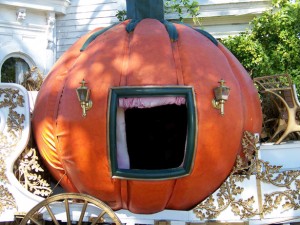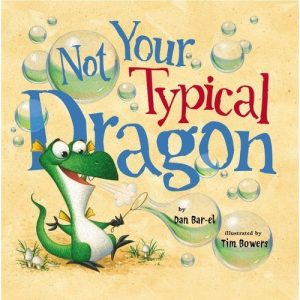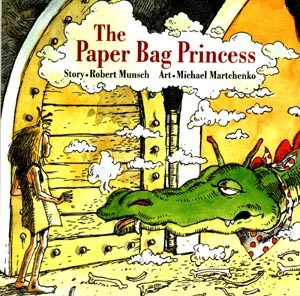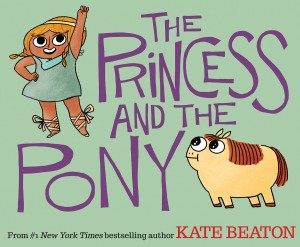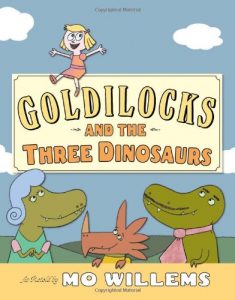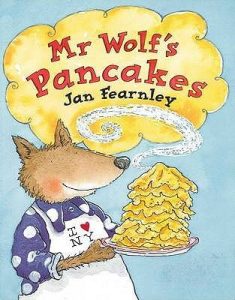Not all kids are interested in pencil and paper activities, but it helps to turn them into play – like this fairy writing fun. Have you ever seen any? Who knows what fairy writing looks like? Since none of us have ever seen any, one idea is as good as another. We can ask kids the question and let them show us what they think.
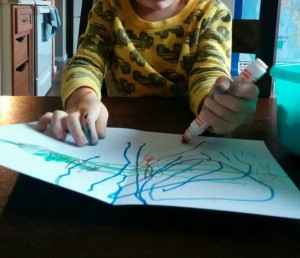
Kids can choose something they would like to write with. Paper and crayons are one possibility. Markers are nice and big and easy for little hands to use. Some kids will like to use only one color, while others will want to use them all.
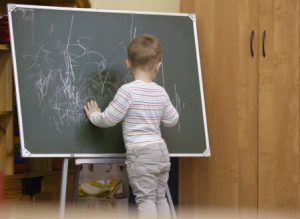
Fairies and mythical beings are small, but their writing might not be. After all, they can use the whole sky. For bigger writing, kids can use chalk on a chalkboard or easel. A whole sidewalk is bigger still, but not as big as a whole driveway. Watch for cars to be safe when playing on driveways.
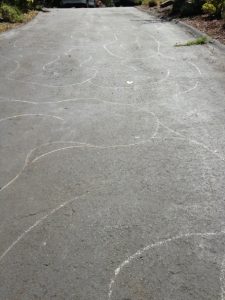
Kids can also try fairy writing with sticks in the dirt, or fingers in sand, or brushes and paint. 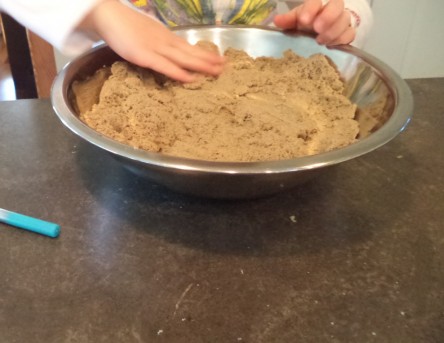
Children’s first early writing is scribbling. They will pass thru several stages as they develop writing skills. About the age of 2½ to 3½ years of age, we may notice lines and patterns in the scribbling. For children who have looked at lots of books as we read to them, they gradually use scribble shapes that resemble letters. All kids need lots of play experiences with tools and books so the brain can become familiar with how letters look. Fairy kids would need to look at fairy books. 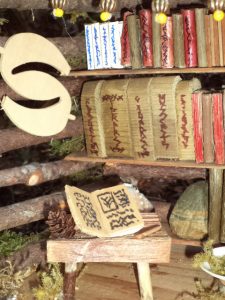 One of the most important things for kids to understand is that writing tells us something. The squiggles and scribbles are ideas written down. When kids are creating their fairy writing, we can ask what the fairy –or elf, imp, sprite, leprechaun, gnome, or whatever creature most interests your child, is trying to say? Since we are not fairies, we can’t read it so we need kids to help. For a play-of the-day, might your child like to try fairy writing fun?
One of the most important things for kids to understand is that writing tells us something. The squiggles and scribbles are ideas written down. When kids are creating their fairy writing, we can ask what the fairy –or elf, imp, sprite, leprechaun, gnome, or whatever creature most interests your child, is trying to say? Since we are not fairies, we can’t read it so we need kids to help. For a play-of the-day, might your child like to try fairy writing fun?
For more fairy fun, come and play on the 123kindergarten blog.

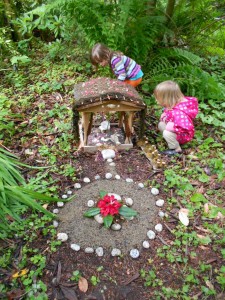
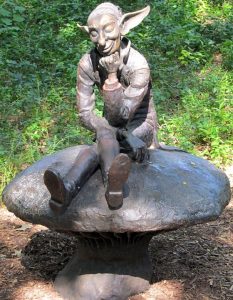 Your stories can be about fairies, faeries, trolls, elves, gnomes, sprites, imps, leprechauns, pixies, or other mythical creatures. Sometimes, kids will make up their own beings. Grimm’s Fairy Tales are over 200 years old. These stories come from ones told orally for hundreds of years before that. Stories and the story-telling tradition link us to the past and people all around the world. That’s the magic and power of fairy dust. Could telling fairy stories be part of your child’s play today?
Your stories can be about fairies, faeries, trolls, elves, gnomes, sprites, imps, leprechauns, pixies, or other mythical creatures. Sometimes, kids will make up their own beings. Grimm’s Fairy Tales are over 200 years old. These stories come from ones told orally for hundreds of years before that. Stories and the story-telling tradition link us to the past and people all around the world. That’s the magic and power of fairy dust. Could telling fairy stories be part of your child’s play today?